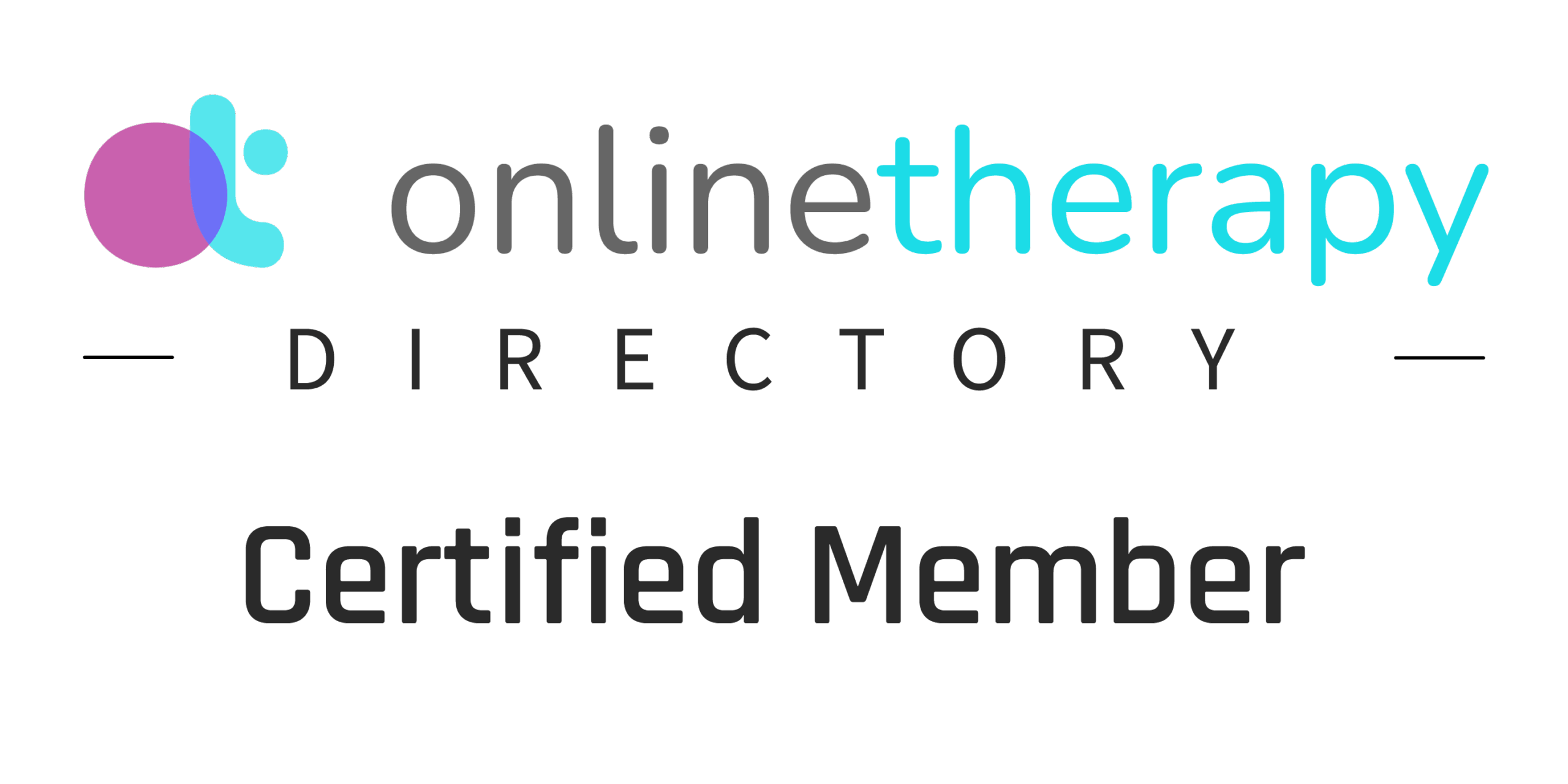Why Corrective Experiences Are an Important Part of Healing

One of the most important aspects of trauma therapy is understanding what the process of healing actually looks like. Healing is not a linear journey—it involves many layers of self-awareness, emotional processing, and new experiences that help repair what was once broken or missing. In my work as a psychotherapist in Westlake Village, I often talk about the role of corrective experiences and how they can be powerful tools in transforming long-standing emotional wounds.
What Are Corrective Experiences?
A corrective experience is a new, healthier emotional experience that helps to “rewrite” the impact of earlier negative or traumatic events. In simpler terms, it’s an opportunity to have a different kind of experience than the one that originally hurt you.
For example, if you grew up feeling neglected or unseen, a corrective experience might be building a community of supportive friends who truly care about you. If you experienced emotional abuse or high conflict growing up, it might be learning how to communicate and resolve conflict in a calm and safe way as an adult. These moments don’t erase the past—but they create new pathways for safety, trust, and connection.
How Corrective Experiences Support Trauma Healing
Through trauma therapy, people begin to identify the patterns that were shaped by early experiences. Many individuals I work with realize that they’ve been carrying unhealed wounds from childhood trauma, emotional neglect, or even narcissistic abuse without fully recognizing their impact. Sometimes these patterns are easy to see, and other times they’ve been normalized for so long that they’re hard to spot.
This is where therapy—especially trauma-focused work such as EMDR therapy, somatic trauma therapy, or Dialectical Behavior Therapy (DBT)—can help. These modalities gently uncover and process old memories, sensations, and beliefs that have been stored in the body and mind. They allow clients to re-experience difficult moments in a safe and supportive environment, fostering new emotional responses and nervous system regulation.
In this way, therapy itself becomes a corrective experience. For many, simply being in a space with a compassionate, nonjudgmental therapist can be profoundly healing. When a therapist offers acceptance, empathy, and consistent care, it challenges the belief that relationships must be unsafe, unpredictable, or painful.
The Therapy Room as a Corrective Experience
In individual therapy, clients are invited to show up fully as themselves—without fear of rejection or judgment. This is often the first time they’ve been able to do so. A trauma-informed therapist creates an environment where clients can process emotions safely and develop self-compassion.
For example, someone who was criticized or ignored growing up might experience the therapist’s validation as deeply healing. Someone who learned to suppress their emotions may begin to feel that their feelings matter and deserve space. Over time, these small but significant experiences help reshape one’s inner world and sense of self-worth.
At my practice, I integrate approaches like mindfulness, somatic awareness, and EMDR therapy to help clients reconnect with their bodies and emotions. This blend of evidence-based and holistic methods supports both emotional and physiological healing—key components of trauma-informed care.
Finding the Right Therapist for You
Because the therapeutic relationship itself can be a corrective experience, finding a therapist who is the right fit is essential. The process can sometimes feel a bit like dating—you’re looking for someone whose energy, communication style, and approach feel aligned with your needs.
If you grew up with emotionally distant caregivers, you might seek a therapist who offers warmth and attunement. If you had intrusive or controlling figures in your life, you may feel safer with a therapist who prioritizes collaboration and consent.
Don’t hesitate to interview a few therapists before choosing one. Ask about their experience with trauma therapy, EMDR, relationship therapy, or somatic approaches. Most importantly, notice how you feel in their presence. Do you feel seen, respected, and supported? Those sensations are often the first signs of a corrective experience unfolding.
Beyond Therapy: Creating Corrective Experiences in Daily Life
While therapy is a structured place to process trauma, corrective experiences can also happen outside the therapy room. You can begin to cultivate healing experiences by:
-
Building relationships with people who value and respect you.
-
Practicing healthy communication and conflict resolution.
-
Setting boundaries that honor your needs.
-
Engaging in mindfulness or self-compassion practices.
-
Exploring creativity, movement, or spiritual connection.
Each of these actions reinforces the idea that you are worthy of care, safety, and love—messages that might have been missing earlier in life.
Healing Is a Lifelong Process
Whether you are just beginning your healing journey or have been in trauma therapy for years, remember that healing unfolds through new, embodied experiences of safety and connection. Corrective experiences are the building blocks of that transformation.
If you’re seeking trauma-informed care in Westlake Village, Thousand Oaks, Agoura Hills, Calabasas, or surrounding areas of Los Angeles County, I offer both in-person sessions and online therapy throughout California. Together, we can work toward creating those corrective experiences that support lasting change—one session, one moment, and one healing experience at a time.




